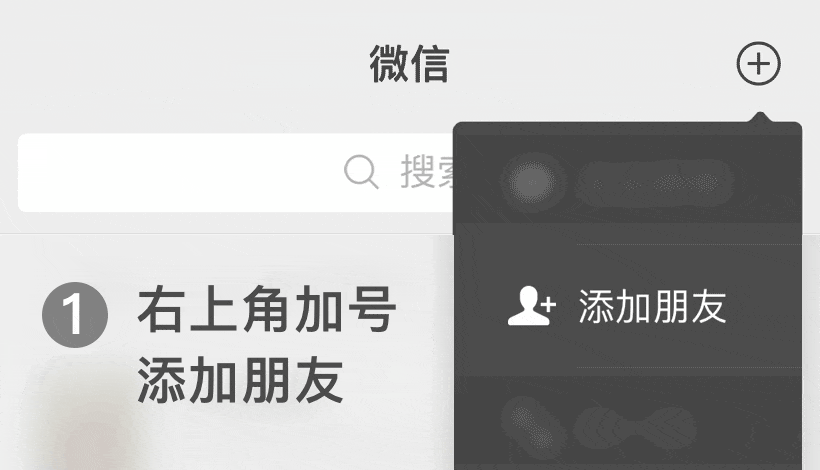Why do many industries use D-type pipes
Information summary:D-type pipes (pipes with a cross-section of "D" shape, with one side being flat and the other side being curved) are widely used in multiple industries due to their unique structural characteristics. The core reason is that they can balance the mechanical properties of circular pipes with the functional advantages of flat structures, meeting the installation, fixation, and fitting needs in specifi
D-type pipes (pipes with a cross-section of "D" shape, with one side being flat and the other side being curved) are widely used in multiple industries due to their unique structural characteristics. The core reason is that they can balance the mechanical properties of circular pipes with the functional advantages of flat structures, meeting the installation, fixation, and fitting needs in specific scenarios. Starting from its structural characteristics, analyze the application logic of various industries as follows:
1、 Structural advantages determine core values
The core advantage of D-type pipes lies in their composite cross-section of "plane+arc":
Curved side: retaining the pressure bearing capacity and fluid dynamics characteristics of circular pipes (reducing resistance), with mechanical strength superior to completely flat profiles, and more stable bending and impact resistance.
Flat side: Provides a stable fitting surface, making it easy to connect with other components such as walls, equipment, and brackets through welding, bolt fixation, or adhesive bonding, solving the problem of easy rolling and difficult fixation of circular pipes.
Space adaptability: Compared to circular pipes, flat sides can save installation space (such as reducing gaps when close to walls); Compared to square pipes, curved sides are more conducive to reducing fluid resistance or friction with other objects.
2、 Main application industries and scenarios
1. Construction and decoration industry
Bracket and frame: used for building guardrails, handrails, partition frames, etc. The flat side can be fixed tightly against the wall or ground to avoid the trouble of adding extra gaskets when installing circular pipes. At the same time, the curved side ensures aesthetics (such as metal decorative frames in shopping malls and hotels).
Curtain wall support: In the keel structure of a glass curtain wall, the flat side of the D-shaped tube can be stably connected to glass fixtures or embedded parts, while the curved side reduces wind resistance and improves the overall wind resistance performance of the structure.
2. Mechanical manufacturing and automation industry
Guidance and transmission components: As the outer rail of a linear slide rail, the supporting roller of a conveyor belt, or the connecting rod of a robotic arm, the flat side can be fixed to the equipment base, and the curved side reduces contact friction with sliding components, balancing stability and smoothness.
Protective sleeve: used for wrapping cables and hydraulic pipelines. The flat side can be fixed to the surface of the equipment to avoid pipeline shaking, while the curved side protects the internal circuit from external compression (such as the wiring system of machine tools and automated production lines).
3. Fluid transportation industry (water supply and drainage, chemical industry, etc.)
Special pipeline layout: In space limited pipeline systems (such as wall corners and equipment gaps), the flat side of the D-shaped pipe can be installed close to the wall to save space; The curved side ensures smooth flow of fluids (water, medicine, gas) inside the tube, with resistance close to that of a circular tube.
Fixed and leak proof: When connecting flanges or valves, the flat side can be stably fixed on the bracket with bolts to reduce interface looseness caused by pipeline vibration, especially suitable for high-pressure fluid transportation (such as feed pipes in chemical reactors).
4. Transportation industry
Vehicle structural components: In the chassis or body frame of automobiles and rail transit, D-pipes can be used as load-bearing rods, with the flat side welded and fixed to the frame, and the curved side optimized for aerodynamic design (reducing wind resistance), while reducing overall weight (lighter than solid profiles).
Ship and Aviation: Deck guardrails, aviation luggage rack supports, etc. of ships are easy to fix with the cabin on the flat side, and the curved side is resistant to seawater corrosion (such as using stainless steel material) or reduces airflow disturbance (aviation equipment).
5. Medical devices and precision equipment
Supporting and positioning components: In medical devices such as operating tables and testing equipment, the flat side of the D-tube can hold sensors, operating tables, or pipeline interfaces, while the curved side avoids collisions with the human body or equipment caused by sharp edges, while meeting hygiene requirements such as easy cleaning and no dead corners.
Motion mechanism guidance: In the sliding or rotating parts of precision instruments, the flat side provides a stable reference surface, which is matched with guide rails to achieve high-precision positioning, and the curved side reduces frictional resistance during motion.
6. Agriculture and animal husbandry
Greenhouse and breeding facilities: As the support of the greenhouse and the frame of the breeding fence, the flat side can be fixed with film, mesh and other coverings, and the curved side enhances the structural wind and snow load resistance, and is less prone to water accumulation than square pipes (reducing corrosion).

 微信號:WEIXINHAOMA
微信號:WEIXINHAOMA

 微信號:WEIXINHAOMA
微信號:WEIXINHAOMA

